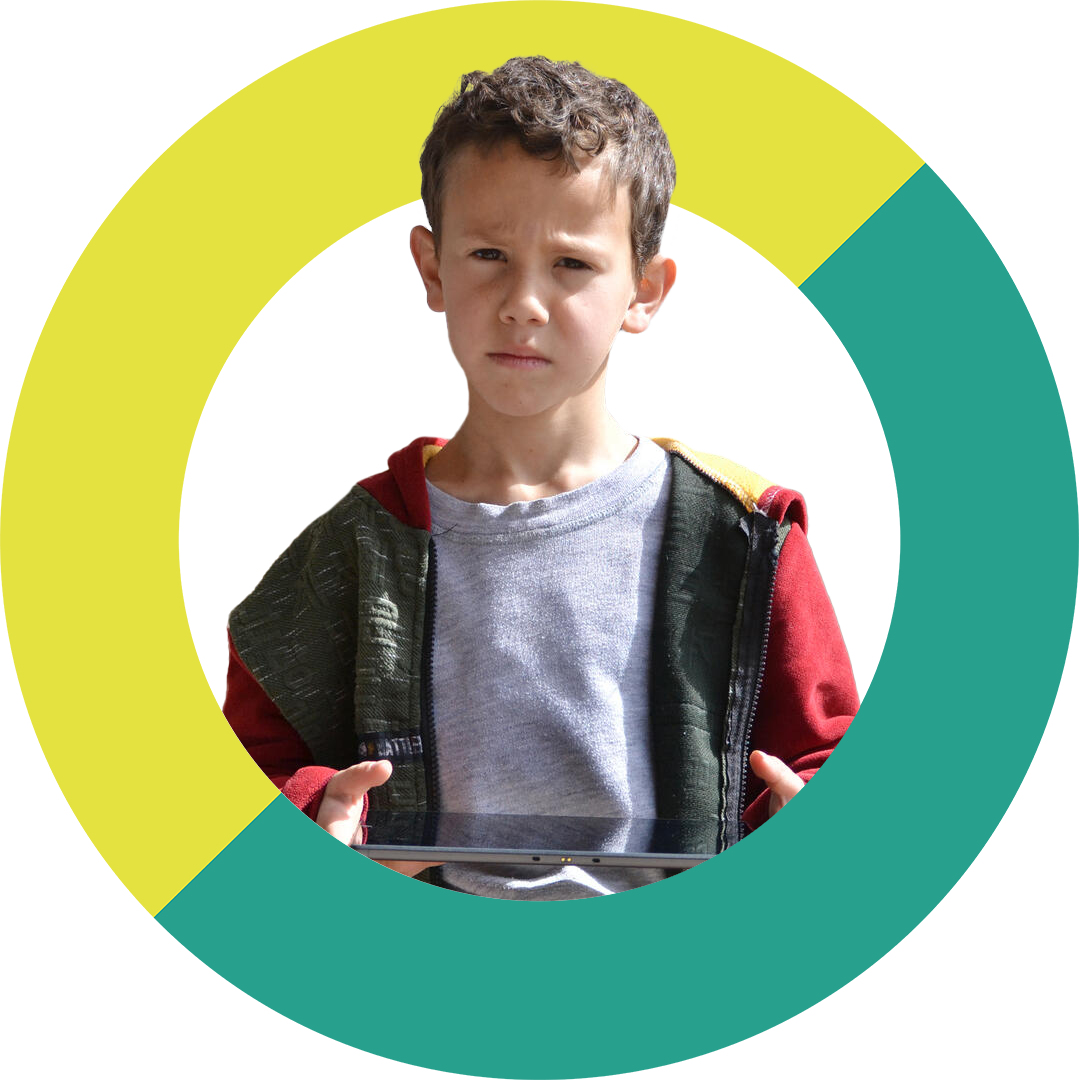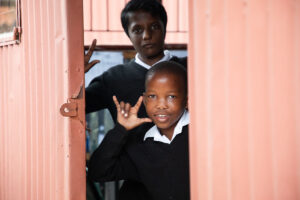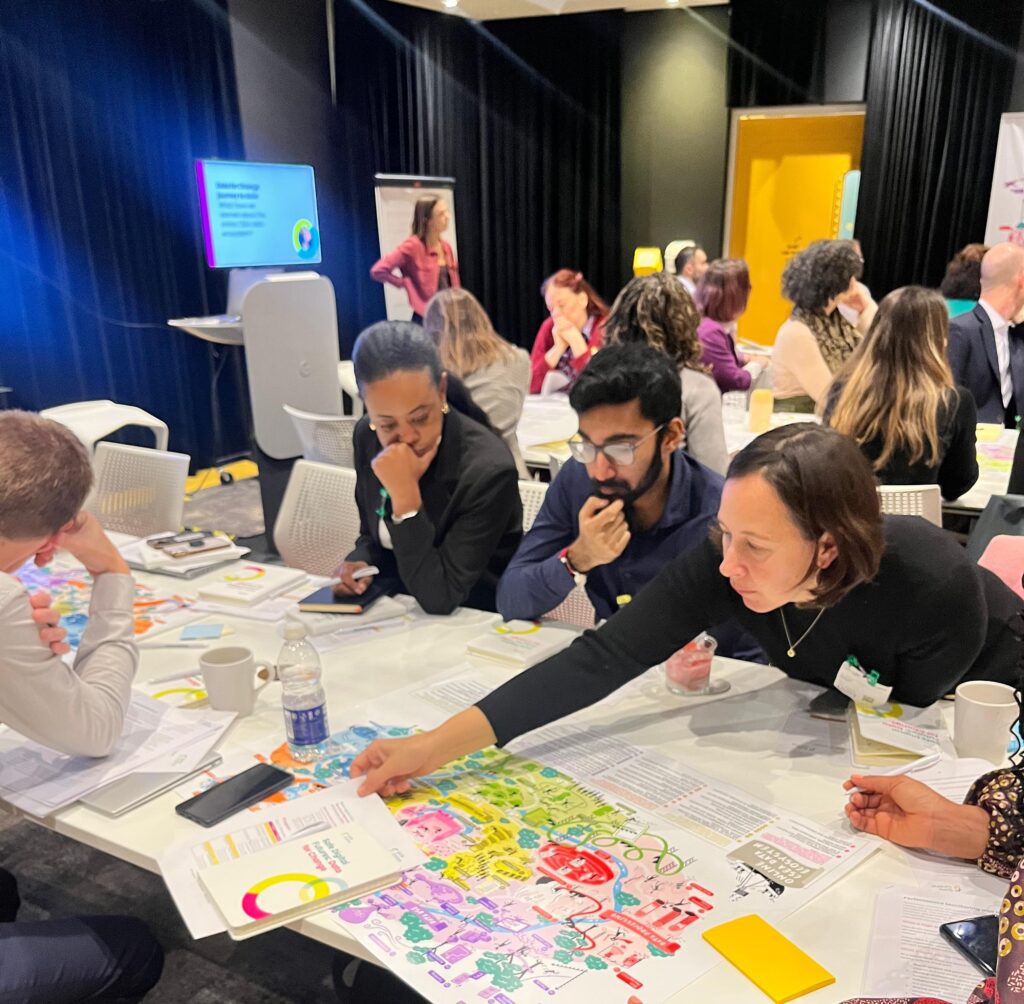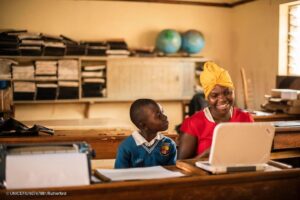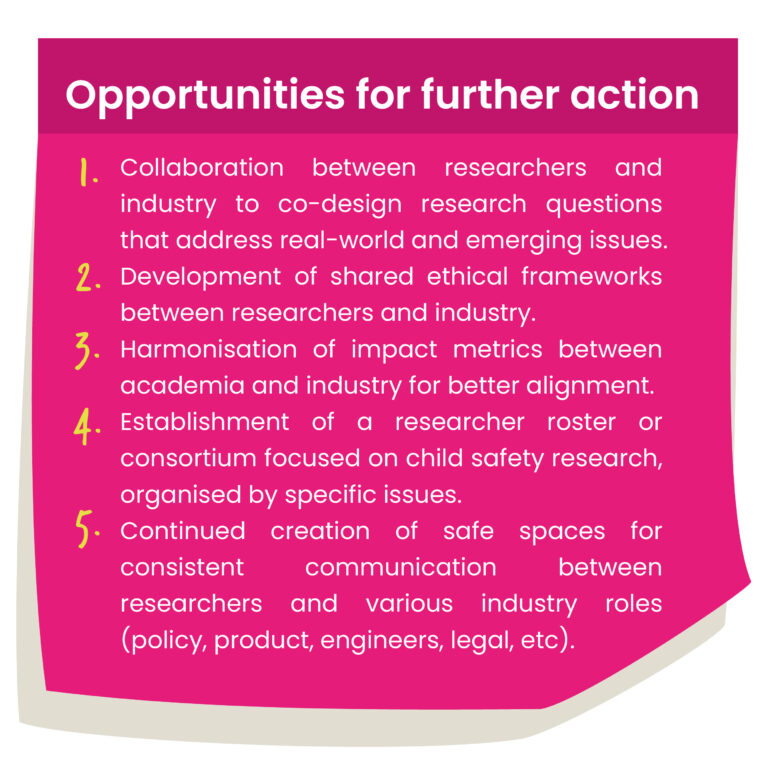
Safe Online awards $6.7 million to 20 new grantees to advance innovative and high-impact solutions to fight online child sexual exploitation and abuse (CSEA).
In response to the escalating risks children face in the digital world, Safe Online launched a global call for proposals in 2024 to identify and support the most promising solutions.
Following a rigorous selection process from a pool of over 300 applications, 20 grantees have been selected to receive a combined USD 6.7 million in funding – USD 1.7 million more than originally allocated. This significant increase reflects the urgent, growing need to strengthen global efforts to protect children from digital harms. These new projects, from across the world, are designed to deliver maximum impact where it’s needed most
Additionally, recognizing the overwhelming demand and immense needs in the ecosystem, Safe Online is increasing our initial investment of 6.7 million by an additional 8.5 million bringing the total investments for the period 2024-2026 to USD 15 million. This expanded funding will enable us to support more high-impact initiatives and scale up global efforts to create a safe digital future for children
The 20 initiatives announced today represent the first cohort selected through the 2024 Open Call. More projects will be launched in the second half of 2025 and early 2026 through a targeted, invitation-only process, designed to address emerging needs and fill critical strategic gaps.
Our 20 new grantees were selected for their strong focus on innovation and potential for high impact. Each project demonstrates the ability to create new pathways for change and push the boundaries beyond what currently exists. In addition, the selection process prioritized proposals with clear potential for scalability and long-term sustainability, as well as those offering solutions that are interoperable and applicable across different systems and use cases.
Grantees include international organisations, child protection NGOs and CSOs, research, and academic institutions and tech start-ups and include a range of path-breaking projects.

New projects under the ‘Networks and Systems’ pillar will build the foundations of the ecosystem by formalizing mental health care models for frontline professionals working on online CSEA, transforming the response to Child Sexual Abuse Material (CSAM) by testing a new model for survivors’ support, pioneering early intervention strategies to prevent CSAM by targeting individuals at risk of offending and addressing critical gaps in digital regulation enforcement by developing a fair and sustainable redress standard through the child-inclusive, collaborative COR Sandbox.
Projects under the ‘Research and Data’ pillar will generate new evidence and data through child-centric, participatory action research to understand children’s vulnerability to online risks, especially related to non-consensual sharing of private images; online coercion and AI and understand emerging forms of image-based sexual violence against children by exploring experiences of survivors, their parents or caregivers, law enforcement officers, and professionals working with children.
Projects under the ‘Tech Tools’ pillar will design, test, and develop technology solutions that contribute to the broader ecosystem and promote tools that are shareable, adaptable, and enhance efficiency in online CSEA prevention and response efforts. These projects include prototype tools for generating semantic hashes to help law enforcement and trust and safety teams more accurately identify new CSAM; systems to disrupt payments made by offshore offenders to facilitators ; and an automated AI evaluation platform, specialized in assessing CSEA risks, designed to help organizations evaluate the trust and safety risks of their AI models.
This latest investment grows Safe Online’s investment portfolio to USD 100 million with impact in over 100 countries and accelerates Safe Online’s globally important role as a catalyst for innovative and scalable solutions to combat digital harms.

See more of our recent updates
Council of Europe
Our grantees Council of Europe Ending Online Child Sexual Exploitation and Abuse Countries involved:Albania, Armenia, Azerbaijan, Bosnia and Herzegovina, Georgia, Moldova, Montenegro, Republic of Serbia, Turkey, Ukraine The Council of Europe is using support from the Fund to promote, facilitate and support national efforts to prevent and fight against online child
Capital Humano Y Social (CHS) Alternativo
Our grantees Capital Humano Y Social (CHS) Alternativo Preventing and Responding to Online Child Sexual Exploitation Countries involved:Peru In Peru, the Fund is supporting Capital Humano y Social Alternativo (CHS) to address child sexual exploitation online. CHS is providing psychological and legal assistance to victims of online sexual exploitation. They are also

Policy Proposal 3
As part of Together to #ENDviolence, experts from across the End Violence community came together to prepare a prioritized set of policy proposals to end violence against children. The result is six game-changing policy proposals, backed by evidence and research on what works to protect children.





















